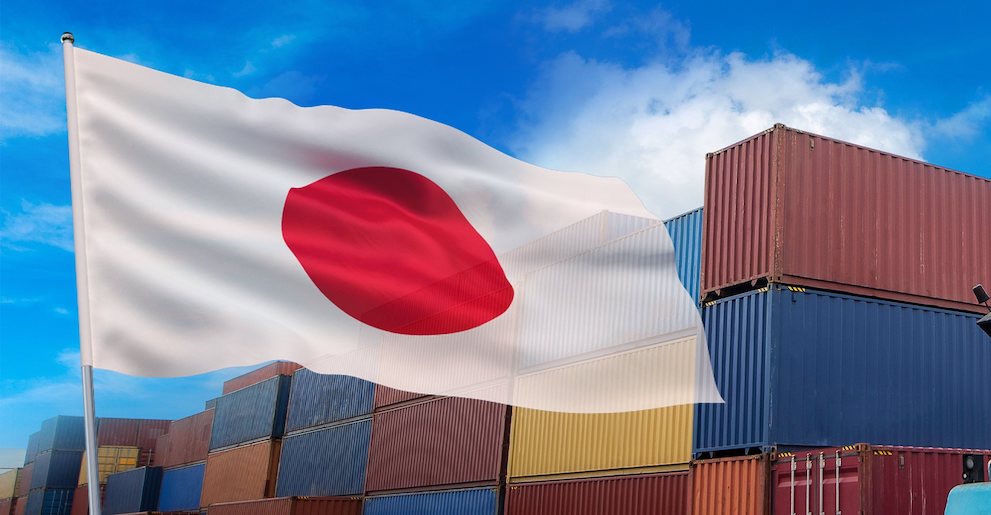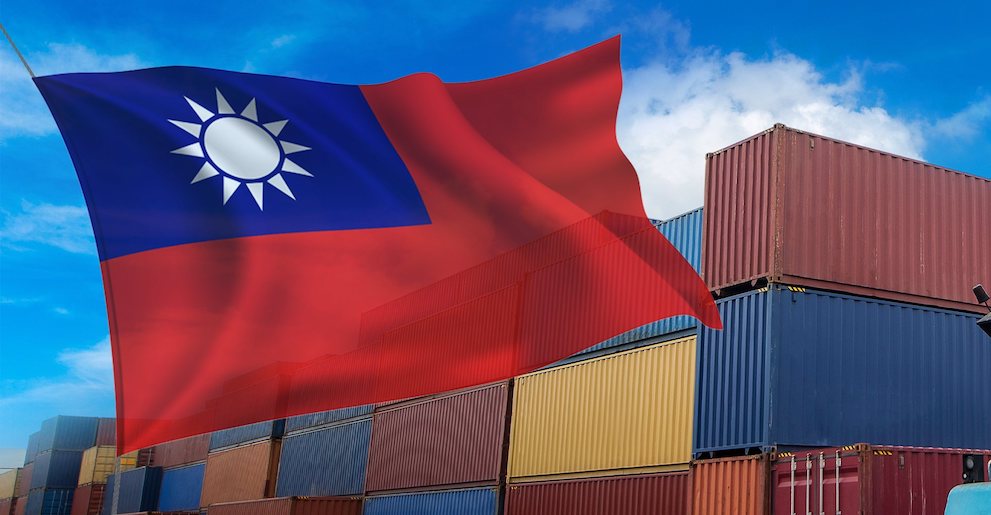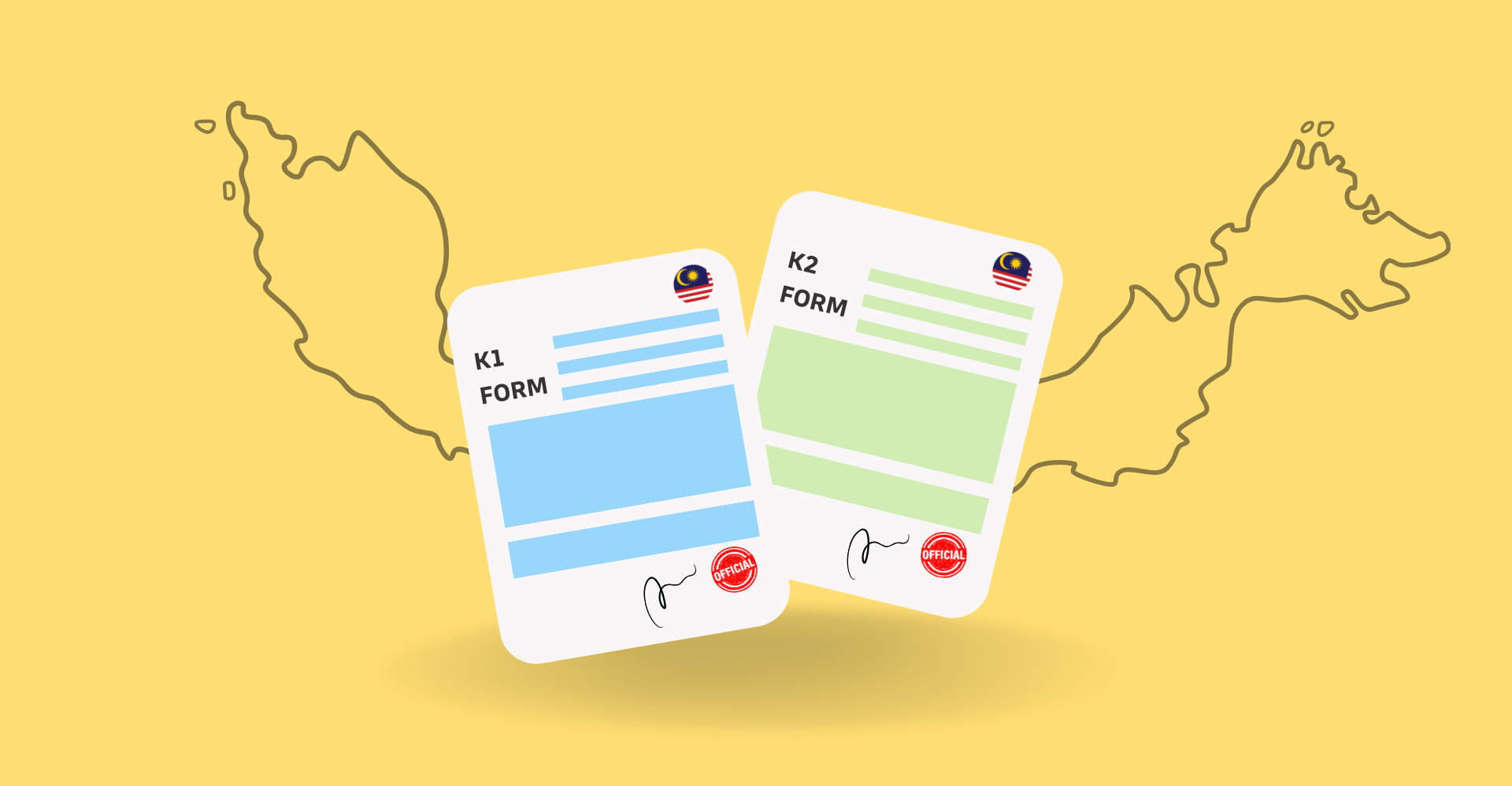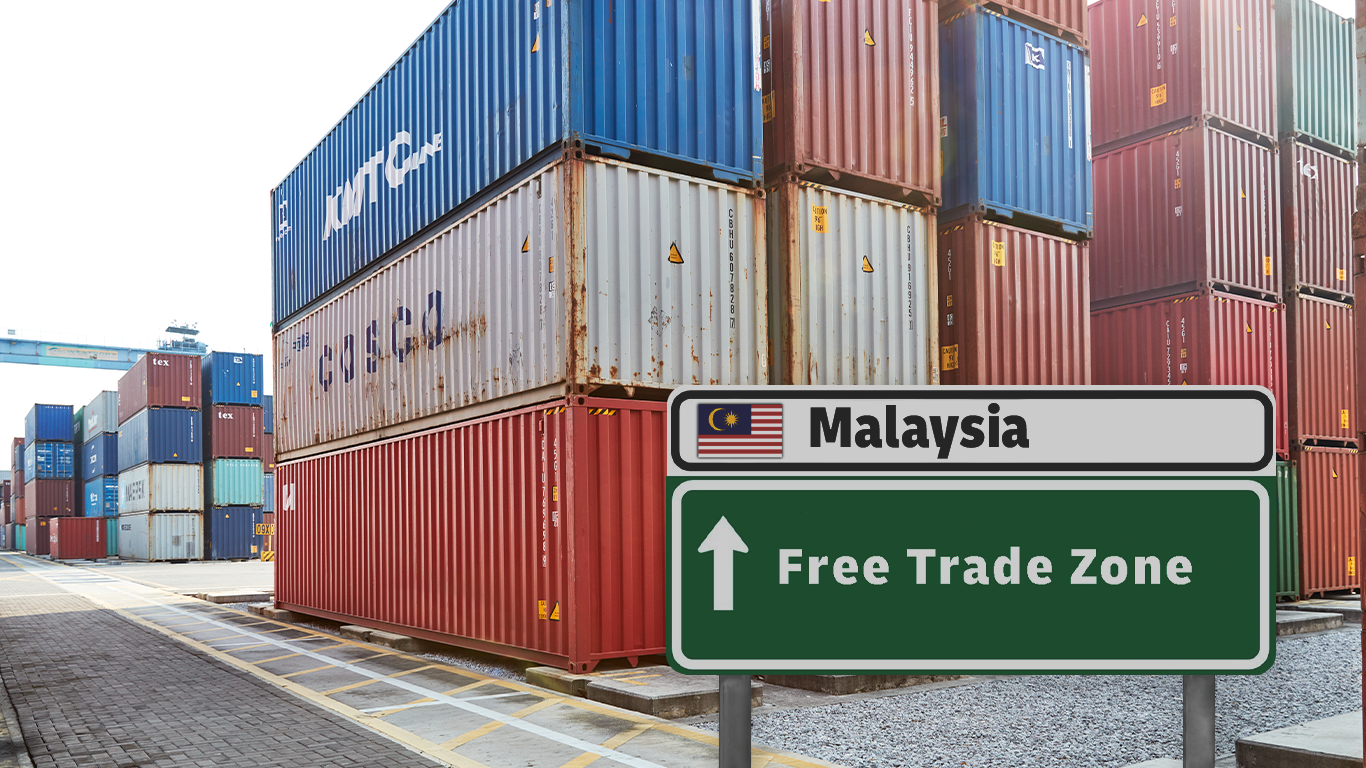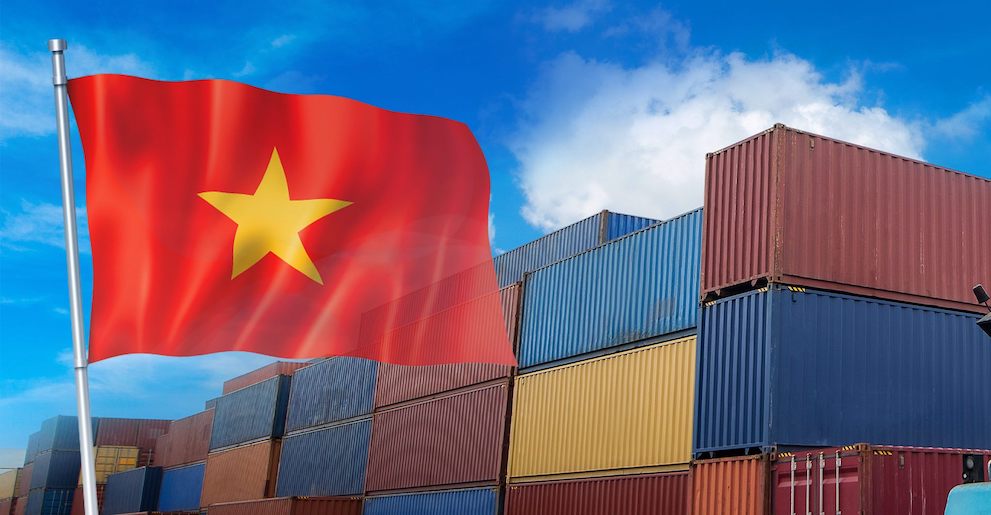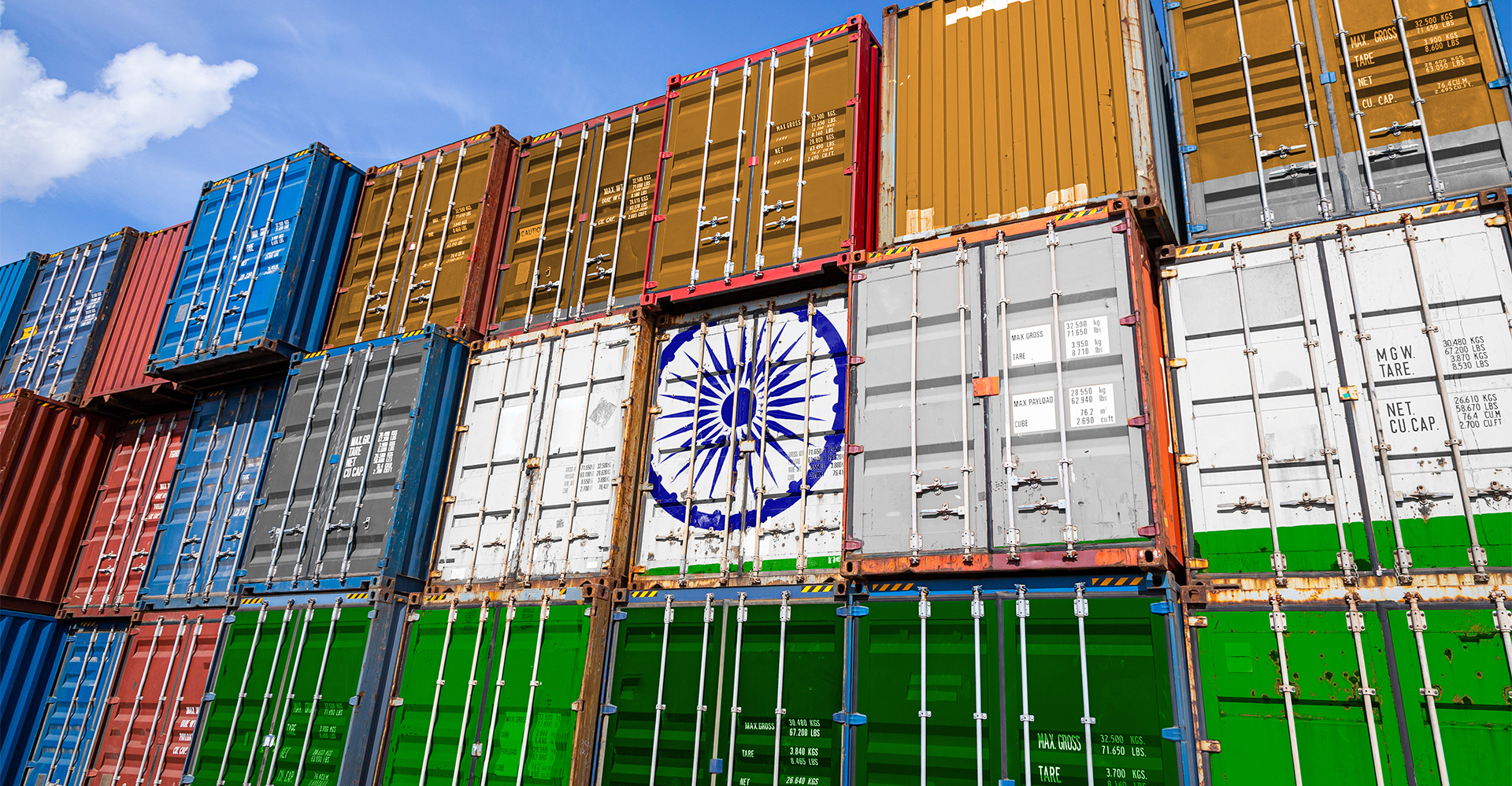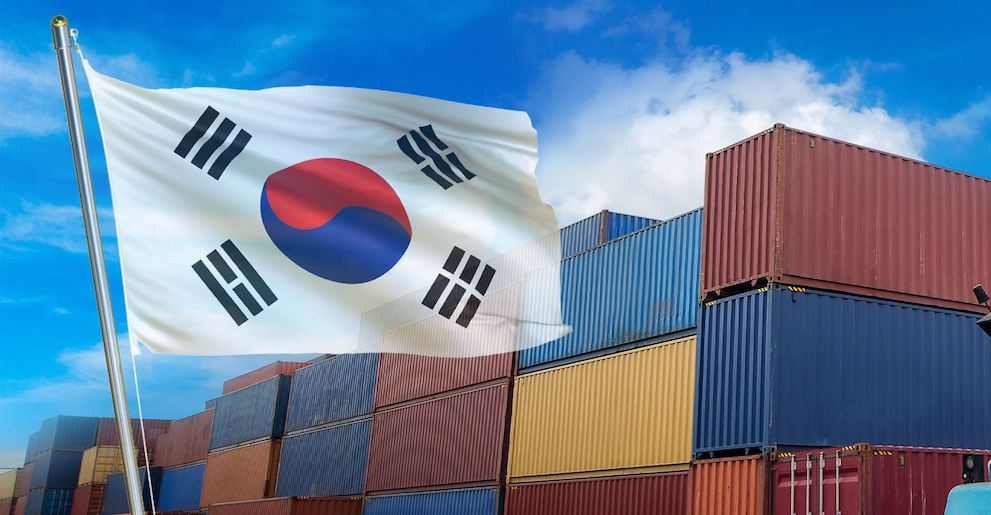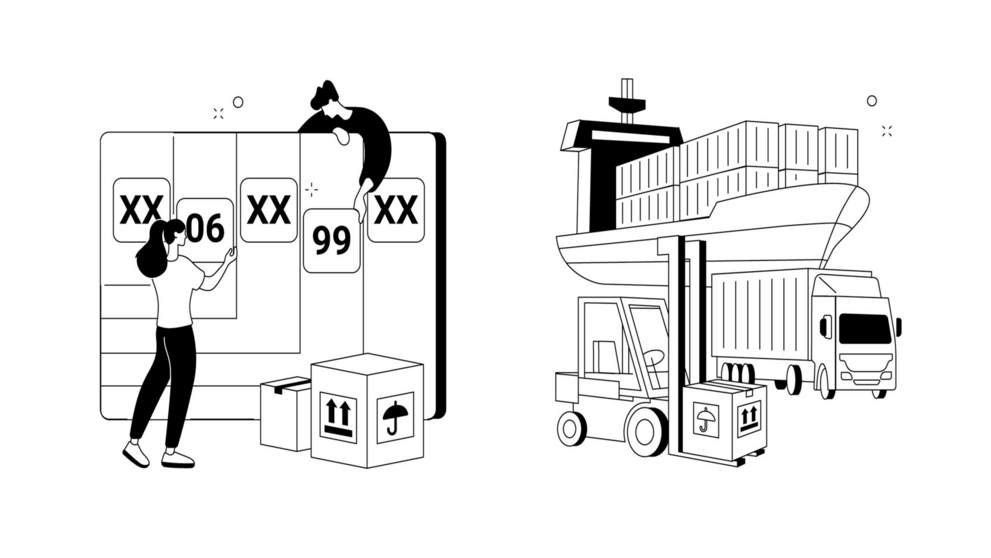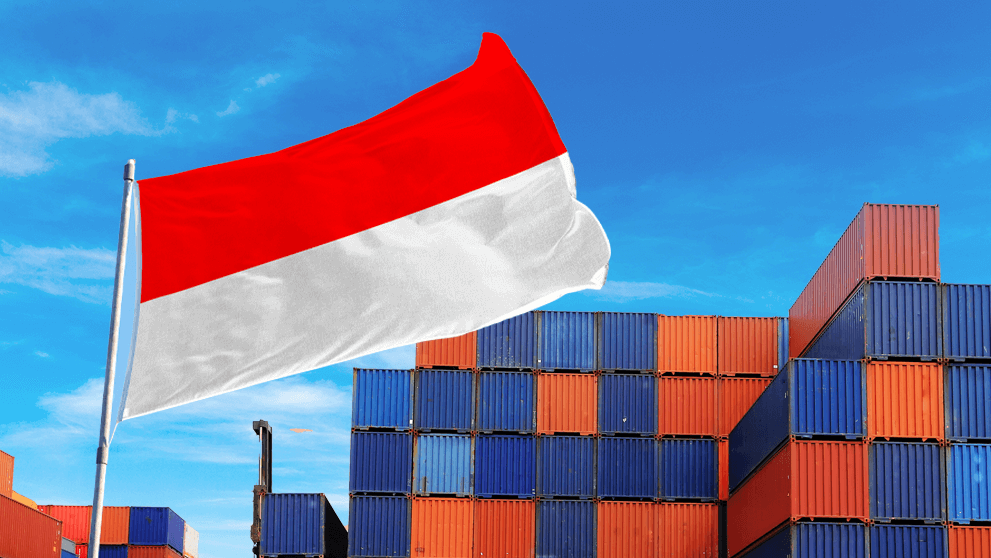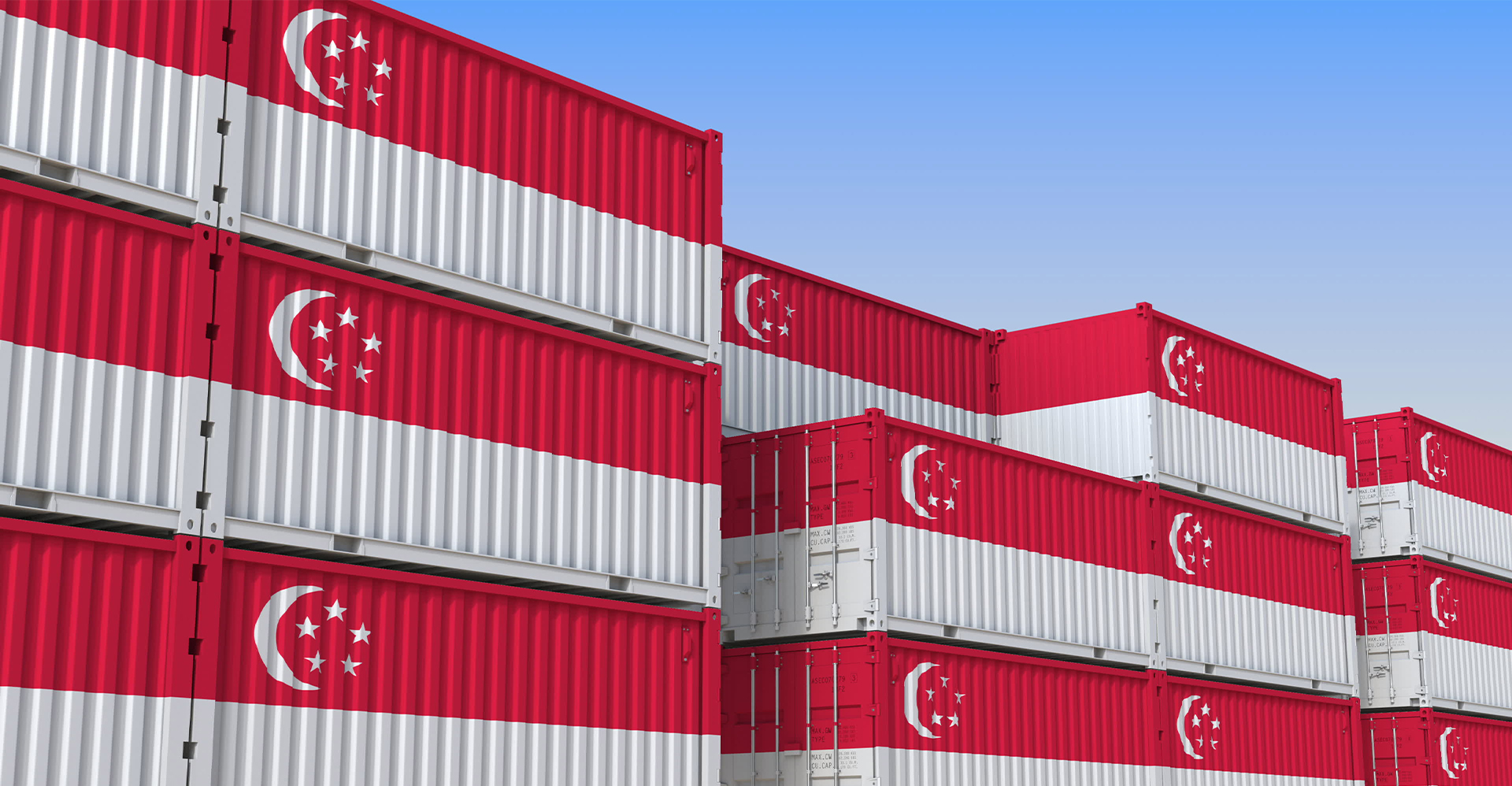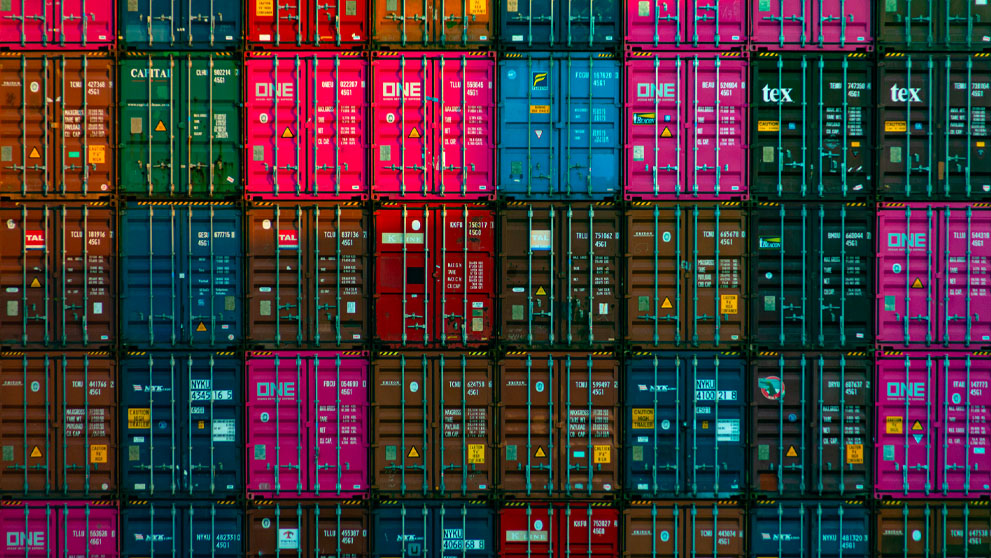What is HSN?
HSN, short for Harmonised System of Nomenclature, is a set of 6-digit codes designed to standardize how goods are classified and coded. This system makes customs clearance easier and helpss in calculate tariffs for international trade.
What is the difference between the HSN Code and the HS Code?
HSN and Harmonised System Code (HS Code) are essentially the same in customs and shipping. The World Customs Organization (WCO) developed this multipurpose international product nomenclature in 1988 to systematically facilitate global goods classification. While the rest of the world commonly refers to the 6-digit codes as HS Code, in India, it's more commonly known as HSN Code.
India, a WCO member since 1971, initially used a 6-digit HSN code for Customs and Central Excise duties. Then, they added 2 more digits to HSN Code to be more precise in goods classification for importing, exporting, and taxation. This led to today's 8-digit classification known as ITC-HS Code (Indian Trade Clarification based on Harmonized System of Coding). This extended code is sometimes interchangeably referred to as HSN Code.
Crucially, it's vital to recognize that the ITC-HS Code is identical to the HS Code except for the last 2 digits.
What is the structure of HSN Code?
The basic HSN code has 6 digits, comprising chapters, headings, and subheadings. In total, it contains 21 sections of product groups that can be broken down into 99 chapters, 1,244 headings, and 5,224 subheadings.
Whereas the extended HSN Code in India, the ITC-HS code, comprises 8 digits. The extra two digits offer additional specificity, indicating regional/national tariff information.
For example, the basic HSN code for “Tumeric powder” is 09.10.30 and the its ITC-HS code would be 09.10.30.30. The first two digits, ‘09’ is the Chapter, ‘10’ is the Heading, ‘30’ is the Subheading, and ‘30’ refers to the Tariff item.
ITC-HS codes are divided into two schedules
Schedule I (Import): Contains rules and guidelines related to import policies.
For example, the import of refillable gas fuelled pocket lighters (96132000) are prohibited except if the CIF value is less than stated in the table.
Tariff Item HS Code | Item Description | Import Policy | Policy Conditions |
96132000 | Pocket lighters, gas fuelled, refillable | Prohibited | However, import is "Free" if CIF value is Rs. 20/- or above per lighter |
Schedule II (Export): Provides details about guidelines related to export policies.
For example, the export of live pure-bred breeding cows (01022120) is restricted as it requires export license.
Tariff Item HS Code | Item Description | Export Policy | Policy Conditions |
0102 21 10 0102 21 20 0102 29 10 0102 29 90 0102 31 00 0102 90 10 0102 90 90 | Live cattle and buffaloes | Restricted | Exports permitted under licence. |
Both schedules are crucial for establishing policy conditions and customs duty rates for imported and exported goods, which are managed by the Directorate General of Foreign Trade (DGFT).
How is HSN Code used in India?
In India, the HSN code serves as a classification tool for businesses to determine accurate Goods and Services Tax (GST) rates.
Companies need the HSN code for GST registration, making invoices, and providing an HSN summary when filing GST returns. This is crucial, especially for businesses importing and exporting with India. All such businesses must use an ITC-HS code, an 8-digit HSN code. To find an HSN code, businesses can check India's official customs site.
In short, HSN code offers benefits like simplifying tax administration, reducing errors, ensuring compliance, and determining tax rates and compliance costs for businesses. It also plays a role in the global use of GST and helps in compiling statistical data.
What should Malaysian exporters be mindful of when using the HSN?
Use the latest HSN Code
Authorities may make changes to the HSN code based on needs. Therefore, businesses must stay updated on the changes and ensure they use the most recent HSN code for their documentation to avoid shipping problems. Businesses can check all updates on the official customs site of India or search for the latest HSN code on India's trade portal.
Use the right HSN Code
The HSN Code description is determined by factors like weight, type, source, production method, and packaging. It is constructed to reach the required level of specificity for precise classification.
For instance, the HSN code for sarees varies based on the materials used. The chapter in the HS code and the values at the tariff item level differ for each type of material.
Silk sarees are categorized under Chapter 50, while cotton sarees fall under Chapter 52.
Here's another example. Although the terylene sarees and polyester sarees share the same 6-digit HSN Code, their tariff item value is different.
Hence, it is crucial to be familiar with your product, identify the right HSN code, and double-check its accuracy for precise document submission.
Misclassifying a product can result in customs delays, the denial of export privileges, incorrect customs duty charges, or, in more severe cases, fines or confiscation of goods.








